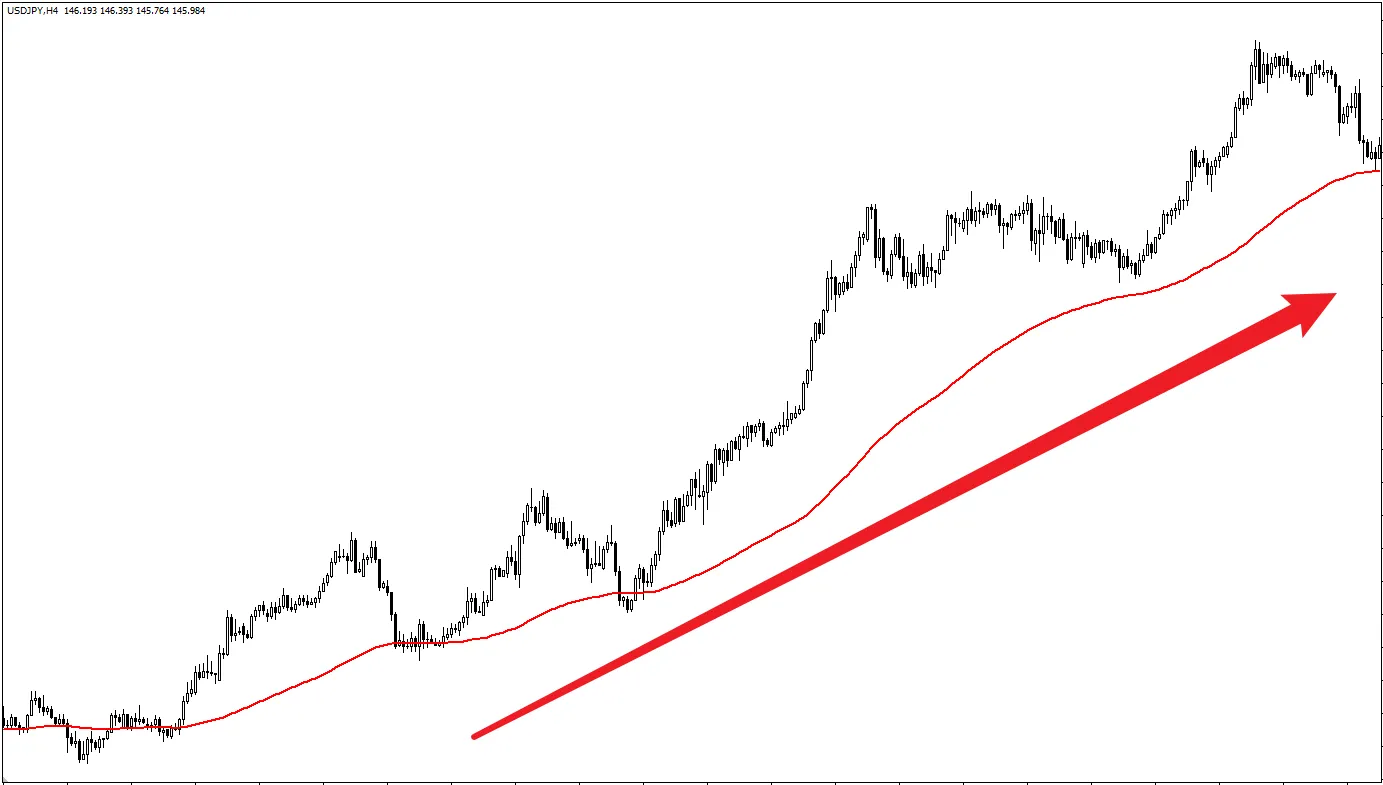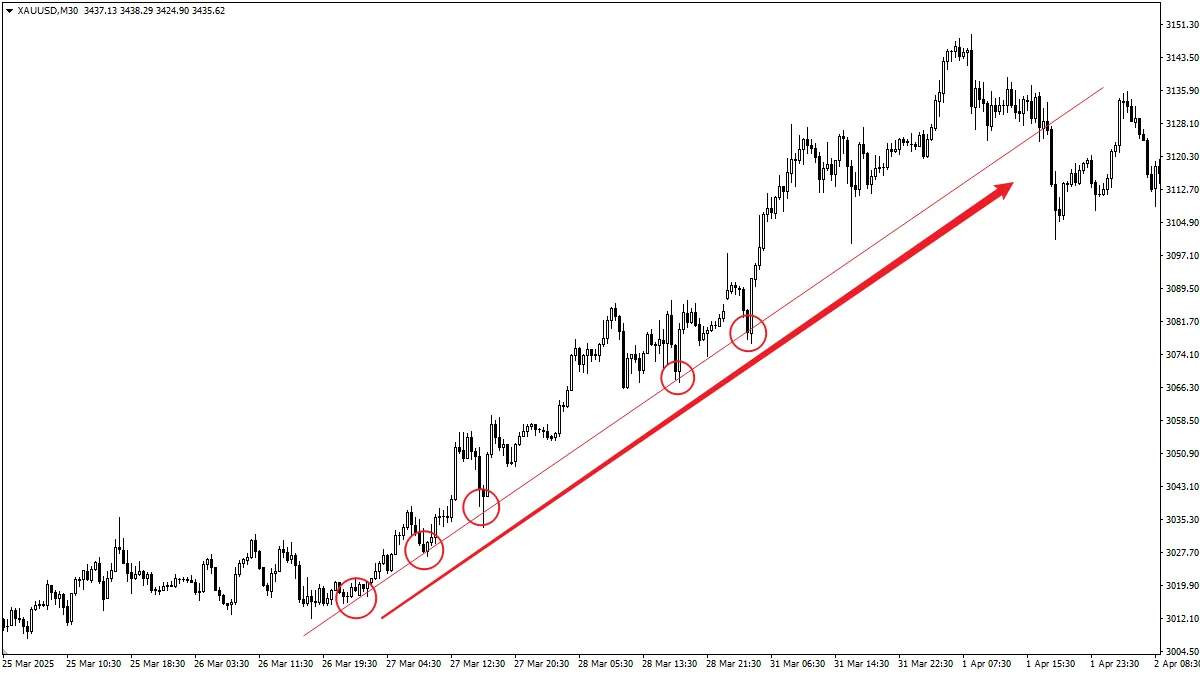How to Make Money Through Forex Trading?
1. Understand the Basics of the Forex Market:
The Core of Forex Trading: Buying and selling currency pairs. A currency pair consists of the currencies of two different countries, reflecting the exchange rate between them. When you engage in forex trading, you are simultaneously buying one currency and selling another, profiting from the fluctuations in the exchange rate.For example: Suppose you trade EUR / USD (Euro/USD), when you believe the Euro will appreciate (exchange rate rises), you buy Euros and sell US Dollars. When the exchange rate rises to your target price, you can sell for a profit.
2. Seize Market Timing: Timing for Buying and Selling
How to Determine Timing: To make money in forex trading, you need to learn to determine when to buy or sell currency pairs, which depends on your predictions of market trends.Factors Affecting Exchange Rate Fluctuations Include:
- Economic Data: Such as GDP, unemployment rate, and inflation data can have a significant impact on currencies.
- Central Bank Policies: Interest rate decisions and monetary policies drive currency price fluctuations.
- Geopolitical Events: Such as wars, trade agreements, or political elections can cause shocks in the currency market.
Technical analysis and fundamental analysis are two common methods used to predict exchange rate fluctuations. You can use these analytical methods to determine market timing and seize the best buying and selling opportunities.
3. Leverage Trading: A Double-Edged Sword for Amplifying Profits
- Advantages of Leverage: A unique advantage of the forex market is the ability to use leverage, which allows you to control larger positions with a smaller amount of capital. For example, using 50: 1 leverage, you can control a trade worth $50,000 with just $1,000.
- Risk Warning: Leverage amplifies your profit potential, but it also magnifies risk. If the market moves against you, losses will also be amplified. Therefore, using leverage requires caution.
4. Risk Management is Key:
- The Importance of Stop-Loss Orders: Setting stop-loss orders can limit your maximum loss, automatically closing your position when the market moves unfavorably, preventing larger losses.
- Setting Reasonable Leverage: Avoid using excessively high leverage, which can reduce risk exposure and protect your trading capital.
- Diversification: Do not invest all your capital in a single currency pair; appropriately diversifying risk can enhance trading stability.
5. Use Technical and Fundamental Analysis to Assist Decision-Making:
- Technical Analysis: Based on historical price trends, using charts and indicators to predict future price movements. For example, moving averages, relative strength index (RSI), etc., can help you identify potential buying and selling opportunities.
- Fundamental Analysis: Focus on economic data, published reports, and global news, understanding how these factors impact currencies. This can help you forecast market trends in the long term.
- Combined Analysis: The combination of both can help you make more accurate trading decisions, thereby increasing your chances of making a profit.
6. Develop a Trading Strategy and Stick to It:
Common Trading Strategies Include:- Day Trading: Quickly entering and exiting the market within a short period to capture small price fluctuations.
- Swing Trading: Holding positions for several days or weeks during market fluctuations to capture medium-term trends.
- Trend Following: Trading based on the long-term trend direction of the market, whether it is an upward or downward trend.
- The Importance of Execution: Developing a strategy that suits you and sticking to it will help you achieve long-term stable profits in forex trading.
7. Maintain Discipline and Continuous Learning:
- Maintain Discipline: Avoid emotional trading, always operate according to your established strategy.
- Continuous Learning: The market is dynamic; regularly learn new knowledge, follow market changes, and continuously optimize your trading strategy.
- Summarize Experience: Regularly review your trades, analyze the reasons for success and failure, learn from them, and continuously improve.
Hi, We are the Mr.Forex Research Team
Trading requires not just the right mindset, but also useful tools and insights.Here, we focus on Global Broker Reviews, Trading System Setup (MT4 / MT5, EA, VPS), and Forex Trading Basics.
We personally teach you to master the "Operating Manual" of financial markets, building a professional trading environment from scratch.
If you want to move from theory to practice:
- Help share this article to let more traders see the truth.
- Read more articles on Broker Tests and Forex Education.





